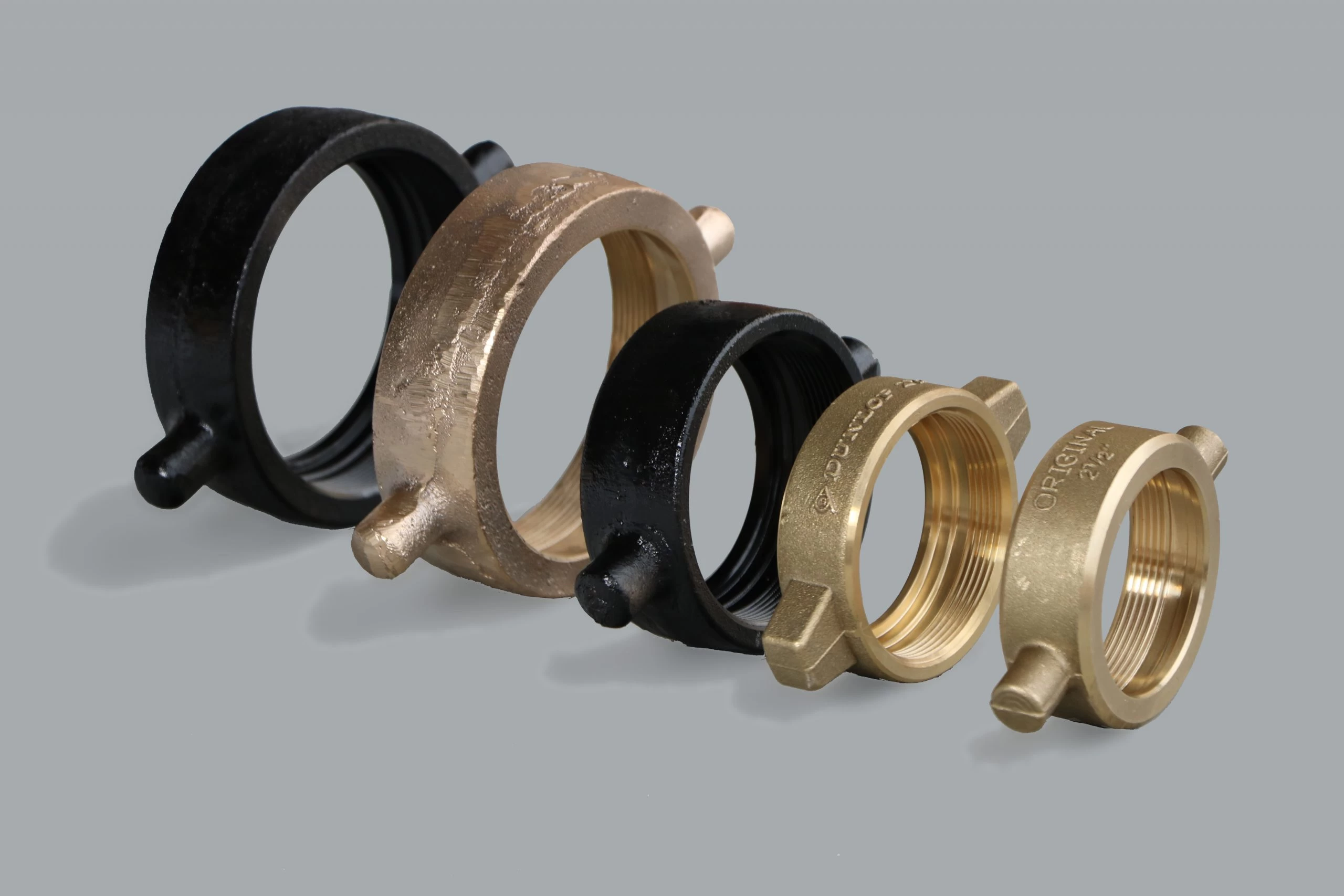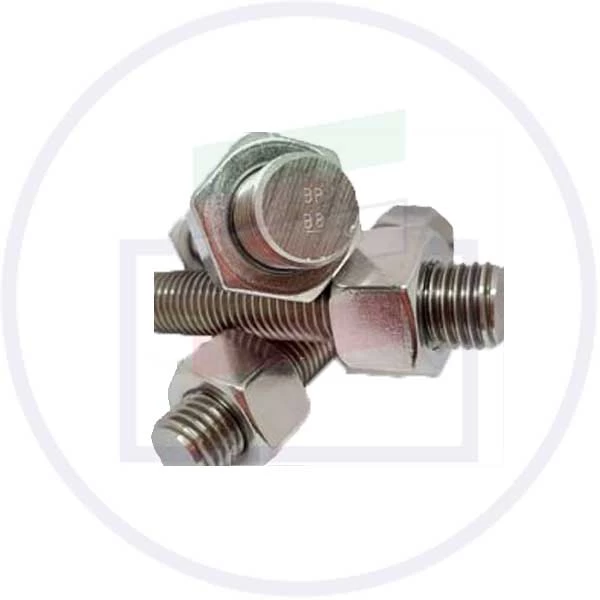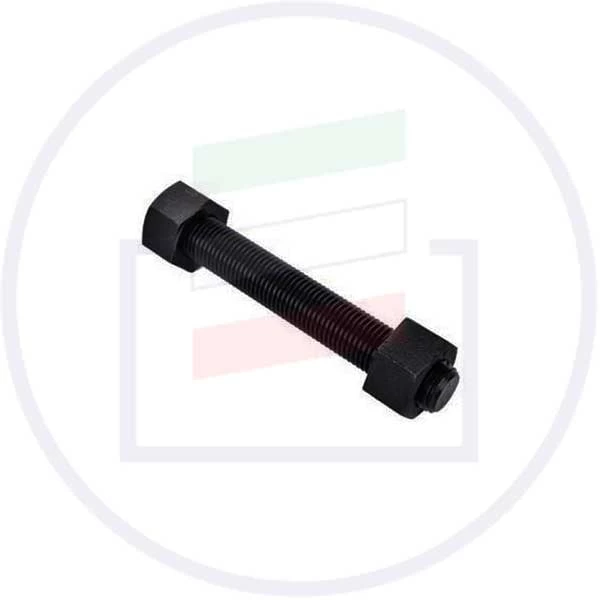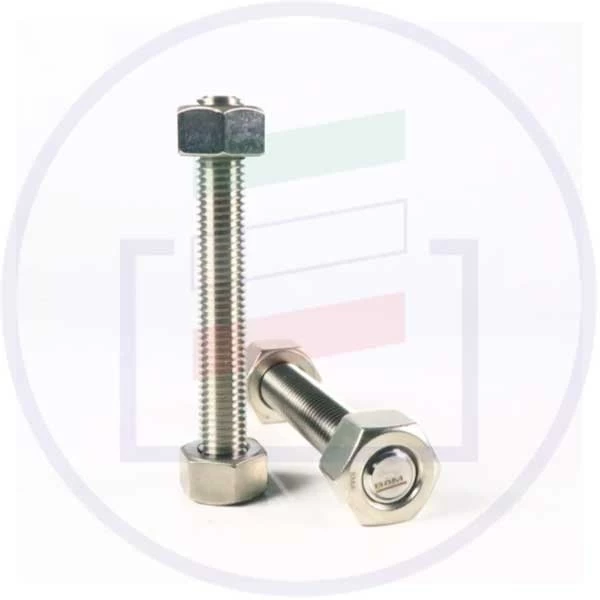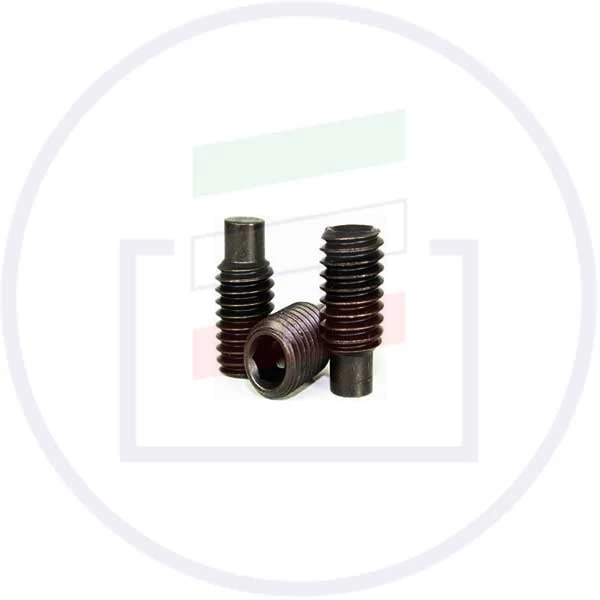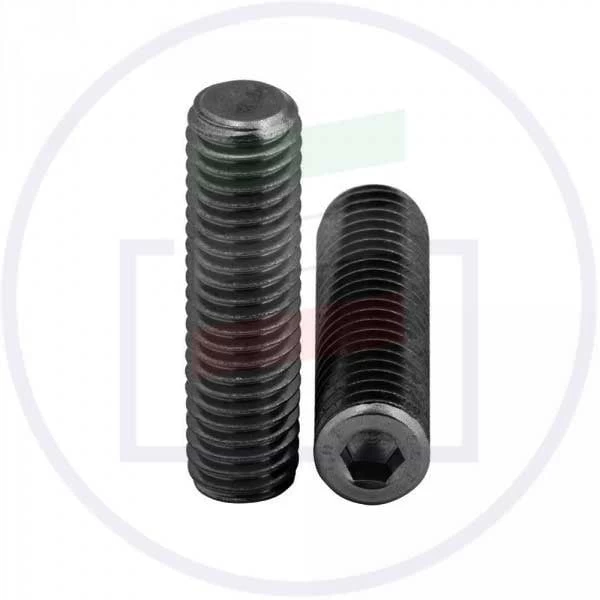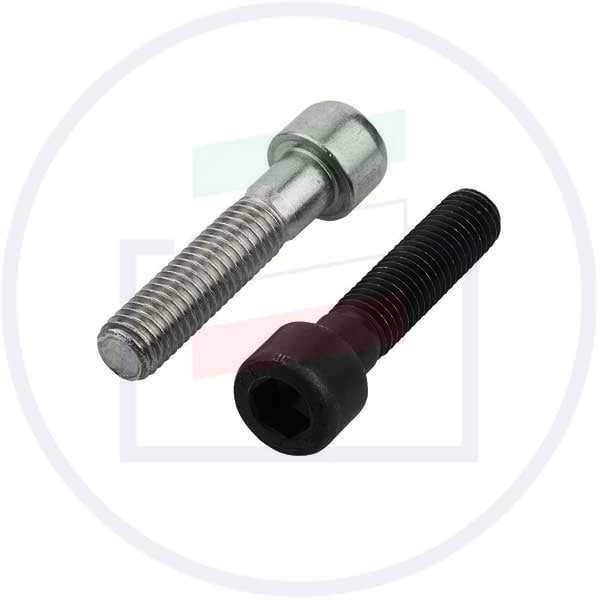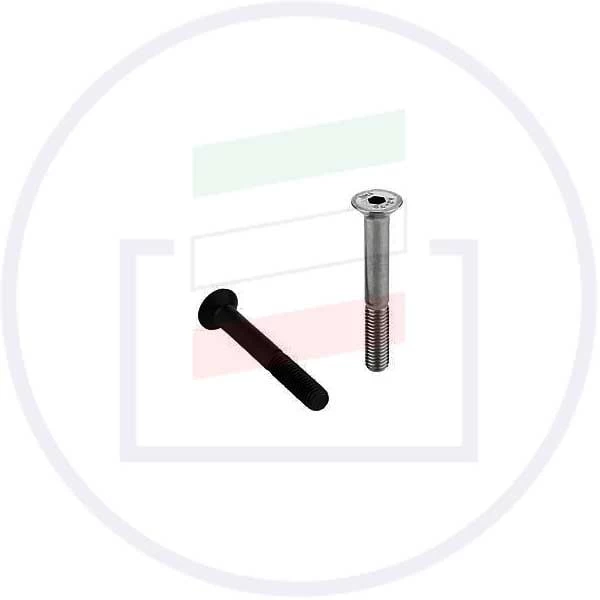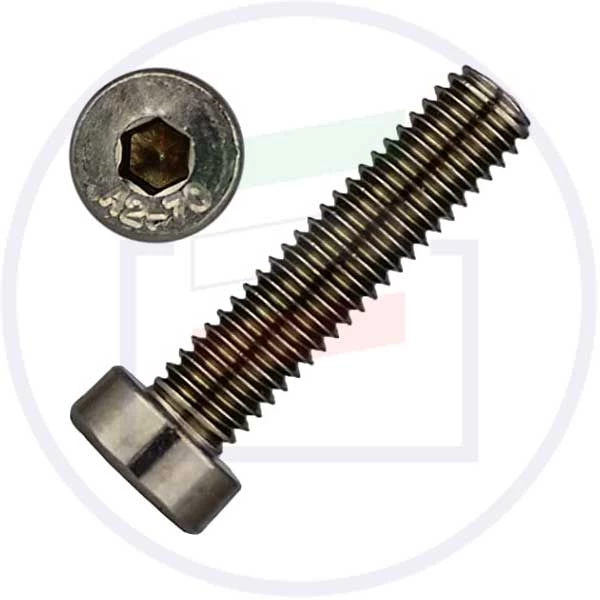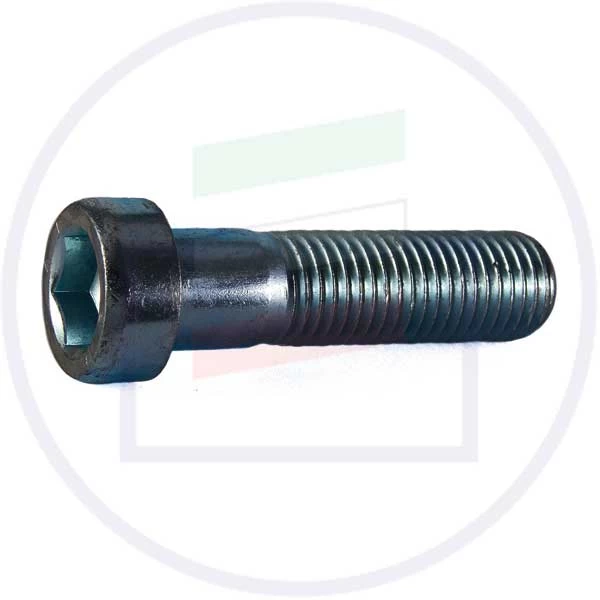Bolt and nut
A bolt and nut are mechanical fasteners used to join two or more components together. Here's a brief overview of each:
1. Bolt: A bolt is a threaded cylindrical rod with a head at one end and a threaded portion (usually a nut) at the other end. Bolts come in various sizes, shapes, and materials depending on the application. They are commonly used with a nut and washer to secure objects in place by passing through aligned holes in the components to be joined.
2. Nut: A nut is a small, usually hexagonal, block with a threaded hole that matches the thread of the bolt. When a bolt is inserted through two or more components and tightened into a nut, the nut applies pressure to the components, creating a secure and tight connection. Nuts come in various types, including hex nuts, lock nuts, wing nuts, and cap nuts, each designed for specific applications and levels of security.
Together, bolts and nuts form a versatile and widely used fastening system in construction, manufacturing, automotive, machinery, and other industries. They provide a strong and reliable method for joining components securely while allowing for disassembly and reassembly when necessary.
There are various types of bolts and nuts, each designed for specific applications and requirements.
Here are some common types:
Bolts:
1. Hex Bolts: Hex bolts have a hexagonal head and a threaded shaft. They are commonly used in construction, machinery, and automotive applications.
2. Carriage Bolts: Carriage bolts have a smooth, rounded head and a square shoulder beneath the head to prevent rotation when tightened. They are often used in wood-to-metal fastening applications.
3. Socket Cap Bolts: Socket cap bolts, also known as Allen bolts, have a cylindrical head with a hexagonal recess for use with an Allen key or hex wrench. They are used in applications where a low profile and high strength are required.
4. Eye Bolts: Eye bolts have a looped head instead of a traditional bolt head. They are used for lifting, rigging, and anchoring applications, with a hook or shackle attached to the eye.
5. Toggle Bolts:Toggle bolts consist of a bolt with a spring-loaded wing nut. They are used for securing heavy objects to hollow walls or ceilings.
Nuts:
1. Hex Nuts:Hex nuts are the most common type of nut, featuring six flat sides and a threaded hole. They are used with bolts in various applications and come in standard or locking (nylon insert) varieties.
2. Nyloc Nuts: Nyloc nuts, also known as nylon insert lock nuts, have a nylon ring inside the threaded hole that provides resistance against loosening due to vibration or shock.
3. Wing Nuts: Wing nuts have two large wings that enable hand tightening without the need for tools. They are often used in applications where frequent assembly and disassembly are required.
4. Cap Nuts: Cap nuts, also known as acorn nuts, have a domed top that covers the exposed threads of a bolt, providing a finished appearance and some protection against accidental contact.
5. Lock Nuts: Lock nuts are designed with a locking mechanism to prevent loosening due to vibration or torque. They include nylon insert lock nuts, prevailing torque lock nuts (such as Keps nuts), and serrated flange lock nuts.
These are just a few examples of the many types of bolts and nuts available, each with its unique features and applications. Choosing the right type of bolt and nut is essential for ensuring a secure and reliable fastening solution for your specific needs.
_1710864699.jpg)
A hex bolt, also known as a hexagonal bolt or hex head bolt, is a type of fastener with a hexagonal head and a threaded shaft.
Here are some key features and uses of hex bolts:
1. Head Type: The head of a hex bolt has six flat sides, creating a hexagonal shape. This design allows for easy tightening and loosening using a wrench or socket tool, providing a secure grip for fastening applications.
2. Threaded Shaft: The shaft of a hex bolt is threaded along its entire length, allowing it to be screwed into a threaded hole or paired with a nut for securing two or more components together.
3. Materials: Hex bolts are available in various materials, including carbon steel, stainless steel, and alloy steel. The choice of material depends on factors such as strength requirements, corrosion resistance, and environmental conditions.
4. Sizes: Hex bolts come in a range of sizes, from small diameters suitable for light-duty applications to large diameters for heavy-duty construction and industrial projects. The size of a hex bolt is typically specified by its diameter, thread pitch, and length.
5. Applications: Hex bolts are widely used in construction, manufacturing, automotive, machinery, and other industries for securing structural components, machinery, equipment, and assemblies. They are versatile fasteners suitable for a wide range of applications due to their strength, reliability, and ease of installation.
Overall, hex bolts are essential fasteners known for their durability, versatility, and ease of use in various applications requiring a secure and reliable connection.
Nyloc nuts, also known as nylon insert lock nuts, are a type of fastener designed to resist loosening due to vibration or torque.
_1710864743.jpg)
Here are some key features and uses of Nyloc nuts:
1. Design: Nyloc nuts have a standard hexagonal shape with a threaded hole and a nylon insert located inside the nut. The nylon insert is typically positioned at the top of the threaded hole and extends slightly beyond the thread diameter. This insert creates a locking feature that provides resistance against loosening.
2. Locking Mechanism: When a bolt is screwed into a Nyloc nut, the nylon insert is compressed between the threads of the bolt and the threads of the nut. This compression creates friction and resistance, preventing the nut from loosening under vibrational or rotational forces.
3. Reusable: Nyloc nuts can be reused multiple times without losing their locking ability. However, repeated use may eventually cause the nylon insert to degrade, reducing its effectiveness over time.
4. Materials: Nyloc nuts are commonly made of materials such as stainless steel, carbon steel, or brass, depending on the application requirements and environmental conditions.
5. Applications: Nyloc nuts are widely used in various industries and applications where vibration or movement may cause traditional nuts to loosen. They are commonly used in automotive, aerospace, machinery, construction, and DIY projects to secure components such as bolts, screws, studs, or threaded rods.
6. Sizes: Nyloc nuts come in a range of sizes and thread types to accommodate different bolt diameters and pitches. They are available in metric and standard (imperial) sizes, with various thread pitches and diameters to suit specific requirements.
Overall, Nyloc nuts are reliable fasteners known for their ability to provide secure locking in high-vibration or high-torque environments, making them essential components in many mechanical and structural applications.
There are various types of bolts and nuts, each designed for specific applications and requirements.
_1710864699.jpg)
Nyloc nuts, also known as nylon insert lock nuts, are a type of fastener designed to resist loosening due to vibration or torque.
_1710864743.jpg)
FAQs
What is a bolt?
A screw is a threaded cylindrical rod with a head at one end and a threaded part (usually a nut) at the other end.
What is a nut?
A nut is a small, usually hexagonal, block with a threaded hole that matches the thread of the bolt
What are winged screws?
Wing nuts have two large wings that enable hand tightening without the need for tools.
Where are bolt and nuts used?
Together, bolts and nuts form a versatile and widely used fastening system in construction, manufacturing, automotive, machinery, and other industries.
 +7929688-88-14
+7929688-88-14

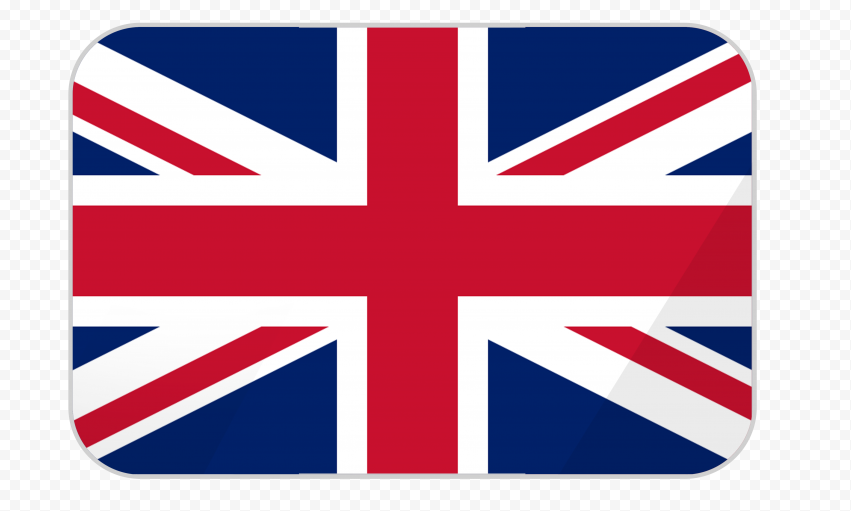 English
English
 Persian
Persian
 Russian
Russian
 Chinese
Chinese


 +7929688-88-14
+7929688-88-14

